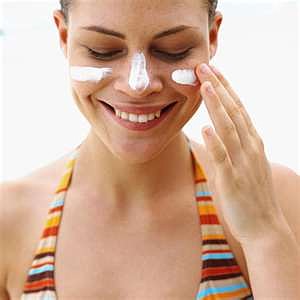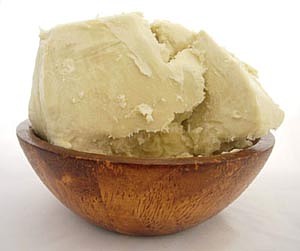Children’s Sunscreens Outperform Effectiveness of Adult Sunscreens In EWG Review For 2012
 May 31, 2012
May 31, 2012  Kyriaki (Sandy) Venetis
Kyriaki (Sandy) Venetis The Environmental Working Group (EWG) just came out with its 2012 Sunscreen Guide and the results are surprising.
 Stock photo.
Stock photo.
After researching and rating about 1,800 products within 257 brands, the guide found that “many brands formulate children’s sunscreens with safer, more effective ingredients than those in other (adult) products.”
“About 63 percent of kids’ sunscreens contain effective mineral ingredients that provide good UVA protection, compared to 40 percent of other (adult) sunscreens,” according to the EWG.
The sunscreen guide found that compared to adult sunscreens, most of those with the words ‘baby,’ ‘children,’ or ‘kids’ on the label were less likely to contain allergy causing fragrances or hormone-disrupting chemicals.
The guide found that that about 72 percent of the kids’ sunscreens were fragrances-free, compared to 54 percent of adult sunscreens. Also encouraging was that the potentially hormone-disrupting chemical ‘oxybenzone’ was only found in 37 percent of kids sunscreens, compared to 56 percent of adult sunscreens.
On the less encouraging side, the EWG also said, “We uncovered 16 brands that list the same exact ingredients in their children’s products as in their other products – down to the exact percentage of active ingredients.”
For these brands, “the word ‘children’ on the label may be just a marketing gimmick,” added the EWG, also advising that mineral sunscreens are “the right choice for children, people with sensitive skin and others who want the best UVA protection without potentially hormone-disrupting chemicals like oxybenzone.”
Mineral sunscreens contain sun barriers that aren’t absorbed into the skin, but lay on top, such as zinc oxide and titanium dioxide.

